By Jon Diamond
In July 1939, Archibald Wavell was named General Officer Commanding-in-Chief (GOC-in-C) of Middle East Command with the rank of full general in the British Army. Few great commanders have been given the task of campaigning across a vast stretch of territory with a military apparatus that was both antiquated and underdeveloped.
These were the daunting tasks facing Wavell, who between June 1940 and June 1941 was the only British theater commander actively engaging the Axis forces. His Middle East arena comprised the Western Desert (Egypt and Cyrenaica), East Africa, Greece, Crete, Syria, and Iraq. No other Allied commander during World War II would have such a list of often simultaneous operations occurring.
Deceiving the Enemy
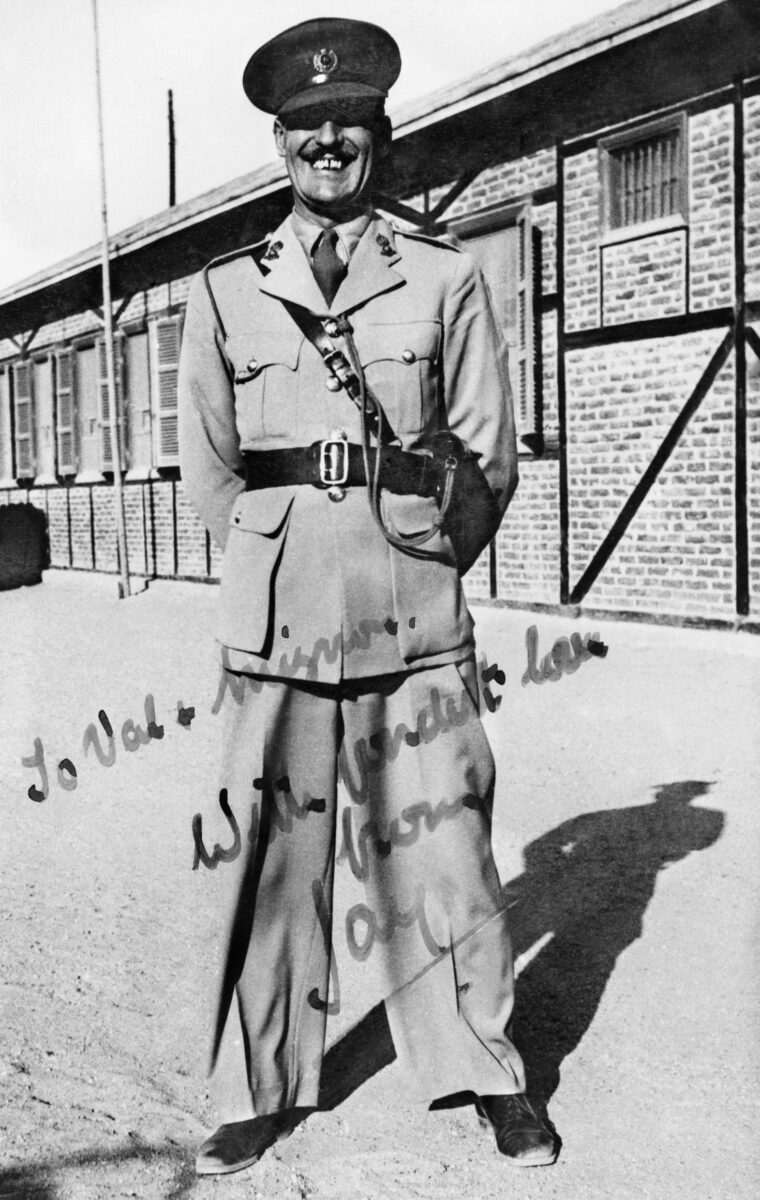
To combat the Italians, Wavell had to devise new tactics. Wavell integrated the art of military deception into his tactical repertoire and sought assistance in the form of Dudley Clarke and, thereafter, Jasper Maskelyne, the famous London stage magician.
On November 13, 1940, Wavell informed London of his intent to form “a special section of Intelligence for Deception of the enemy” and requested an officer who had served under him in Palestine in the 1930s and in whom he had “recognized an original, unorthodox outlook on soldiering,” coupled with “originality, ingenuity, and a somewhat impish sense of humor.” Dudley Clarke was Wavell’s man for this deception mission, and Jasper Maskelyne would help the former accomplish his task.
The art of military deception driving Clarke’s operation was centered on the principle that one must not focus on what you want the enemy to think but what you want him to do. Maskelyne’s role was to trick the Axis forces into doing what Wavell and subsequent Middle East Theater commanders wanted them to do.
On March 28, 1941, Clarke’s pioneering deception organization was officially designated A Force. On April 8, 1941, A Force moved into 6 Kasr-el-Nil, a building that also housed a brothel, and it remained there until the end of the war in Europe. While Dudley Clarke was to become known as the “Master of Deception,” Jasper Maskelyne would herald himself as a “Master of Camouflage.”
The Making of the “Master of Camouflage”
Jasper Maskelyne was born in 1902 into a family of magicians, the Maskelynes having become Europe’s first family of conjuring, and he eventually achieved fame as a magician on the British stage during the 1930s. Jasper had grown up learning how to make objects materialize or vanish. Given the proper equipment, anything was possible.
Maskelyne was adept in the fields of optics, applied mechanics, and electronics as well as some practical skills such as counterfeiting and forgery. Upon meeting Churchill’s scientific adviser, Professor Frederick Alexander Lindemann, an Oxford don, Maskelyne informed him that “given a free hand, there are no limits to the effects I can produce on the battlefield.”
Maskelyne was soon ordered to report to the Royal Engineers Camouflage Training and Development Center at Farnham Castle in Surrey. After completing the course, Maskelyne sailed from the Liverpool docks aboard the converted ocean liner Sumaria on January 19, 1941, with 12 other camouflage officers all with the rank of captain. They were under the command of Major Geoffrey Barkas, director of camouflage.
“Camouflage Experimental Section”
After sailing around South Africa and up the Red Sea, the ship docked at Suez. Maskelyne and his fellow camoufleurs arrived in Cairo on March 10, 1941.
In May, Maskelyne was given permission to form his own unit. In return, he would produce a number of variety shows for British troops in Egypt. Officially, the unit was designated a “Camouflage Experimental Section” and still under the overall command of Major Barkas.
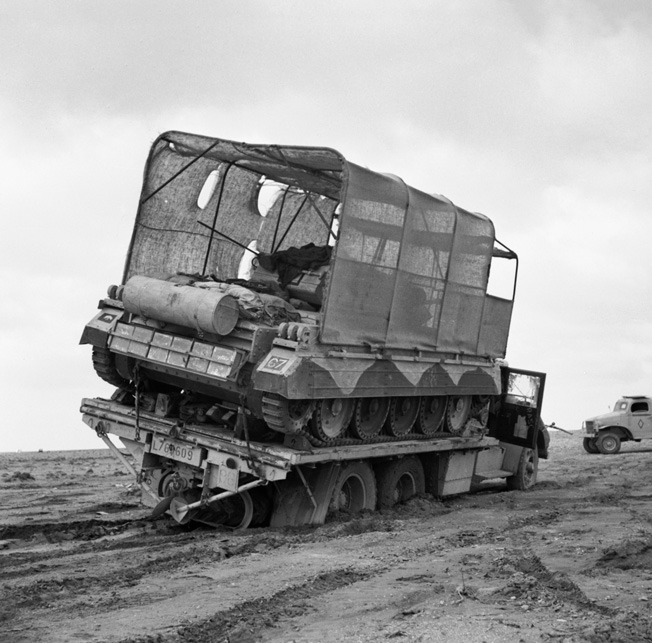
After one such show, General Dudley Clarke met Maskelyne, who had incorporated one of Clarke’s team members, Kathy Lewis, into his variety show. Clarke asked Maskelyne if he had considered adapting his skills to the world of espionage. Maskelyne agreed to work for Clarke.
The MI9 section of A Force had been asked to conduct a series of escape and evasion lectures for soldiers and airmen. Clarke approached Maskelyne for his participation. Maskelyne’s escape and evasion lectures achieved fame in both the Middle East and, later, the Far East.
Maskelyne worked at MI9 on a part-time basis for almost three years. Clarke allowed Maskelyne to operate as a spy on only one occasion, just prior to Operation Crusader, and it almost cost the magician his life. It seems that from an espionage perspective, Maskelyne’s magic shows created a near-perfect cover for Clarke’s undercover agents to move about various locales without fear of making anyone suspicious of their presence.
Conjuring Tanks Out of Thin Air
Wavell had another request for Maskelyne’s group to create an illusion for the upcoming Battleaxe campaign. The new tanks from Churchill would need to appear in place out of thin air.
Wavell wanted to disguise his armor’s intentions to confuse Rommel and delay his concentration of panzer forces. Maskelyne was shown a page “torn out of Wavell’s ubiquitous field notebook” showing a sketch of the profile of a tank surmounted by a large flat board. A second sketch showed that an aerial view of a truck had been drawn on the board. This was Wavell’s seminal idea for a “sunshield.” Wavell hoped that a Luftwaffe observation plane would look down on this and erroneously conclude that it was only a British truck.
Maskelyne had some reservations but went to work to modify Wavell’s concept into a workable sunshield. Maskelyne’s final sunshield was made by stretching a painted canvas over two collapsible wooden frames. Each wooden frame would cover half the tank from front to back and weighed only 30 pounds. Maskelyne’s concept was quickly approved, and he built a prototype for 7th Armored Division’s commander, General Michael Creagh. On June 2, 1941, Maskelyne’s Magic Gang presented its sunshield to General Creagh.
A contingent of trucks rumbled by without any of the 7th Armoured Division officers picking out a single disguised tank. A British reconnaissance pilot flying overhead radioed, “I can’t spot the tank. Deception from here is excellent. I’m taking photos for the air reckky boys now.”
Wavell immediately ordered the Magic Gang sunshield put into mass production. Operation Battleaxe commenced on June 15, 1941. Despite the sunshields working well, Battleaxe ended badly. Wavell was replaced by General Sir Claude Auchinleck.
Building a Fake Alexandria
Maskelyne was then asked by Barkas to perform an almost impossible feat to camouflage Alexandria Harbor from air attack. Maskelyne immediately realized that “the harbor is simply too big for us to do anything with it…. We’ve got to move it.”
Maskelyne further elaborated his ruse to his Magic Gang. “All we’ve got to do is lay down a network of ground lights and structures at Maryut resembling those at Alex. When we know Jerry’s on the way, we just turn out the harbor lights, turn them on at Maryut Bay, and blow off some explosives we’ve planted. The fires’ll draw them like bees to honey.” To complete the illusion, Maskelyne requisitioned both the searchlights and antiaircraft batteries protecting Alexandria Harbor to be moved up to his decoy harbor at Maryut Bay.
The Luftwaffe attacked Alexandria Harbor the next night; however, with Maskelyne’s decoy in place, “the bombers flew, after some initial confusion, to the dummy harbor” and dropped their payloads on Maskelyne’s creation. Bonfires ignited by Maskelyne’s group made an enticing target for the succeeding waves of bombers.
To complete the deception for any after-attack Luftwaffe reconnaissance planes, as soon as the bomb run on Maryut Bay was completed, others in Maskelyne’s group tore through Alexandria Harbor removing tarps off piles of phony rubble while also spreading papier-mâché wreckage and creating scarred buildings with painted dropcloths. The ruse continued for eight successive nights. After that, the Luftwaffe suddenly lost interest in Alexandria Harbor.
Hiding the Suez and Operation Crusader
With the camouflaging of Alexandria Harbor rated as a great success, Middle East Command wanted Maskelyne to make the entire Suez Canal disappear. Maskelyne utilized a chain of 21 searchlights to cover the Suez Canal for its entire length. When illuminated, they created a curtain of swirling light over more than 100 miles of Egyptian sky. This device, termed “Whirling Spray,” enabled the Canal Defense Force to prevent German aircraft from penetrating the curtain of light, and the Suez Canal remained open to Allied shipping throughout the war.
Under Auchinleck, General Alan Cunningham of East Africa fame became the Eighth Army’s commander, and for his upcoming Operation Crusader Cunningham wanted a dummy army similar to the one that Wavell created to deceive Rommel. Maskelyne’s Magic Gang set about making dummy lightweight, rapid-assembly, and foldable artillery pieces and tanks, which when added to “dense real troop concentrations and when observed from high in the air, forward platoons became phantom companies and so on.”
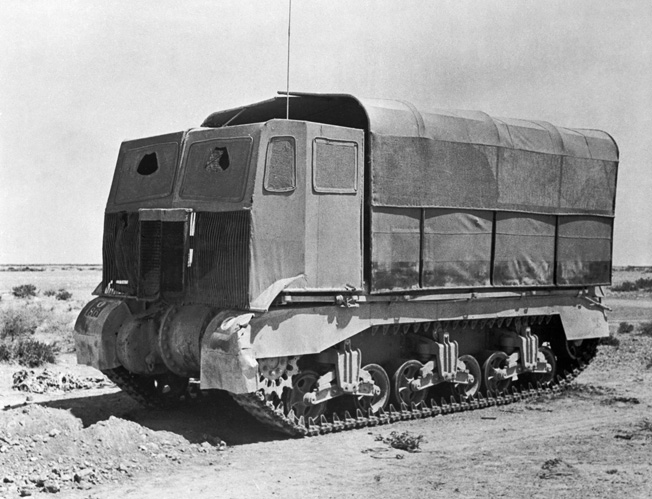
German reconnaissance aircraft were repeatedly fooled by the effective scheme.
The HMS Houdin
With surface losses and convoy responsibilities, the Royal Navy became increasingly reliant on its submarine arm to interdict the Axis supply line from Italy to Tripoli. With the submariners’ whereabouts closely followed by Luftwaffe reconnaissance, Admiral Andrew Cunningham of the Mediterranean Fleet also wanted dummy submarines. Maskelyne located rusting sleeper railroad cars, and with a wooden frame along with nailed and welded beams and tubing, a prototype dummy submarine was created.
Admiral Cunningham was so delighted with Maskelyne’s dummy submarine fleet that he wanted a 720-foot battleship to replace those in dry dock. The Magic Gang labored over converting a dilapidated cruiser that was decaying on a salt lake in the Suez. Crews trucked in from Magic Valley began converting the aging cruiser into a modern warship. The sham battleship was completed in mid-February. It was named HMS Houdin, but it could not pass for a battleship in the eyes of Admiral Cunningham.
However, Maskelyne would find a use for Houdin. He explained to Cunningham that it could serve as a Royal Navy attempt to camouflage a real battleship. Maskelyne told the admiral, “If we take obvious pains to camouflage our boat but do a bad job of it, their intelligence people will be quite happy to discover a real battleship beneath all our canvas and papier-mâché….” Cunningham was so delighted with the audacious plan that he immediately agreed to implement it.
Night and Day Decoys
In the winter of 1942, Air Marshal Arthur Tedder, air officer commander-in-chief, knew of the marvels the Magic Gang had produced for the Army and Navy and wanted them to “hide” the island of Malta from devastating Luftwaffe attacks. Unlike Alexandria Harbor or the Suez Canal, Malta could not be moved or hidden or made invisible.
The two parts of the Malta camouflage plan presented by Maskelyne were based on deception at night and decoys during the day. The deception plan would be based on the Maryut Bay ploy where dummy airstrips would be lighted at night to draw enemy bombers away. Maskelyne’s associate, Professor Knox, proposed the plans for various decoy airplanes to be employed during the daylight hours.
Military Deception Under Montgomery
After the Eighth Army’s crushing defeat of at Gazala and the grueling slugfest between Auchinleck and Rommel in July 1942, Churchill conducted his August purge, replacing “the Auk” with General Sir Harold Alexander and ordering General Bernard Law Montgomery to assume command of Eighth Army after the accidental death of “Strafer” Gott in a fiery air crash. Major Barkas informed his camofleurs of their next objective, Operation Sentinel. They had to use their talents to delay Rommel until the 51st Highland Division and 25 Sherman tanks in British service arrived.
The graduates of Buckley’s classes at Farnham would now be given ample supplies and manpower to “put into the field all the techniques and tricks they’d mastered during the two years in the desert.” Montgomery was an enthusiast of “war magic,” and all he wanted from Barkas’s men was that they make two motorized divisions appear on the barren sands north of Cairo. These notional camps expanded each day as more and more notional troops and weapons arrived. Then, after reaching the assigned strength of two motorized divisions, it began to thin out as the notional men and guns were trucked forward to bolster the Alamein line. The ensuing Battle of Alam Halfa saw Montgomery win his first battle using both tough defensive tactics and military deception.
The Magic Gang at El Alamein
On September 16, 1942, Montgomery held a meeting at his advance headquarters at Bug-el-Arab. Montgomery wanted to convince Rommel’s intelligence section that the main thrust of Eighth Army’s attack would be made at the southern end of the Alamein line, while everyone expected the main thrust of the assault to be in the north. If this ploy was successful, Rommel would be forced to hold back his reserve divisions until he was certain the British were attacking in the north.
Bertram required a large group of seemingly harmless transport and supply vehicles assembling in the north, while the armored force would appear to be headed south.
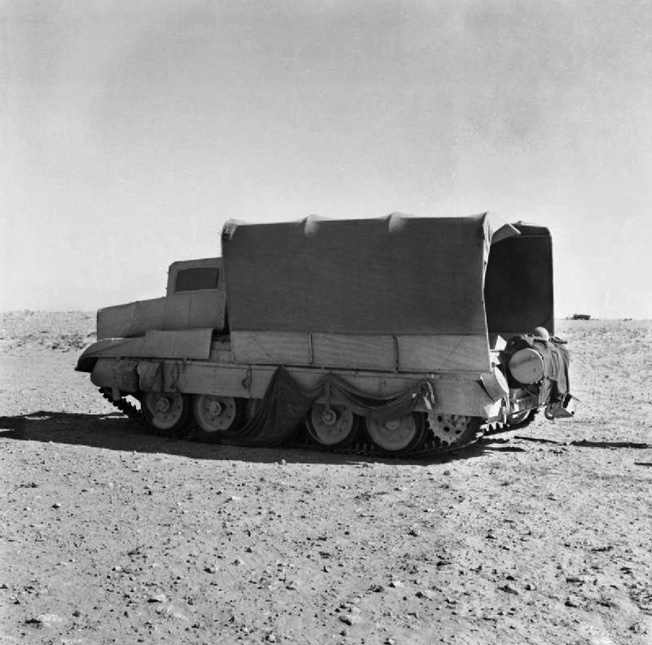
An artificial pipeline heading in a southerly direction was laid out on the desert floor at a rate of five miles per day. At night the pipeline, which was made of flattened fuel cans laid end to end was picked up and laid down alongside the following day’s five-mile stretch. An even greater piece of deception was incorporated into this feint since the pipeline at its current rate could not reach the southern terminus until early November, and German intelligence would undoubtedly assume that the offensive would not begin until it was completed.
Despite all the deception, the first few days of the Battle of El Alamein were a slugfest for the armored formations of Eighth Army as they struggled through the northern minefields. However, General Ritter von Thoma, one of Rommel’s top commanders, who had been captured during the fighting, admitted to Montgomery that the Afrika Korps had been led to believe the attack would be made in the south, and they prepared for that.
Was Maskelyne a True Master of Camouflage?
Maskelyne’s Magic Gang split up soon after the Battle of El Alamein. By the end of the war, Maskelyne had been promoted to the rank of major and served in 16 countries. As testimonial to his success, Maskelyne’s name was added to a Gestapo “Black List,” and a bounty was placed on his head by the Nazis.
Maskelyne returned to England in 1946. In 1948, he and his family migrated to Kenya. He died there in 1973.
Recently, controversy has developed around Maskelyne’s exploits as scrutiny of his deceptions and illusions has heightened with the release of declassified documents and Maskelyne’s missing private scrapbook, Deceptive Camouflage Ideas 1941-1945.
In Terry Crowdy’s book, Deceiving Hitler, the author commented that a fellow Farnham alumnus, Julian Trevelyan, was sent from Britain to investigate the deceptions being carried out in the Middle East and concluded, “Maskelyne’s actual involvement in military deception appears to have been a bit of a sham.”
However, Crowdy goes on to comment, “Curiously enough, people appeared much more confident with the dummy vehicles when they were told they had been devised by a well-known illusionist. And yet illusionists and stage magicians do catch people’s imaginations. This is one reason why Dudley Clarke employed Maskelyne in A Force.”
Jon Diamond practices medicine and lives in Hershey, Pennsylvania. His biography of Field Marshal Archibald Wavell is part of the Osprey Publications Command series.
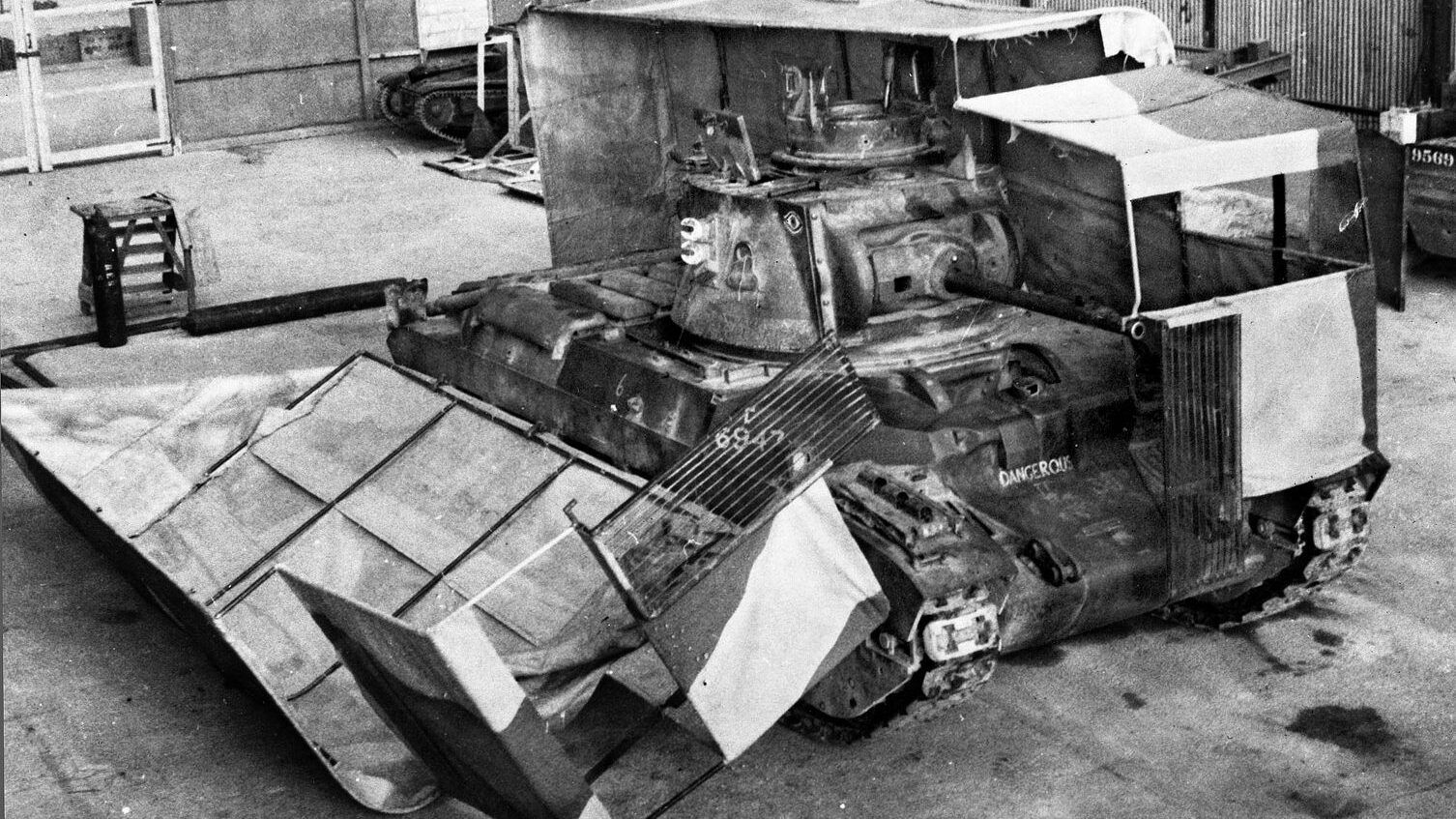
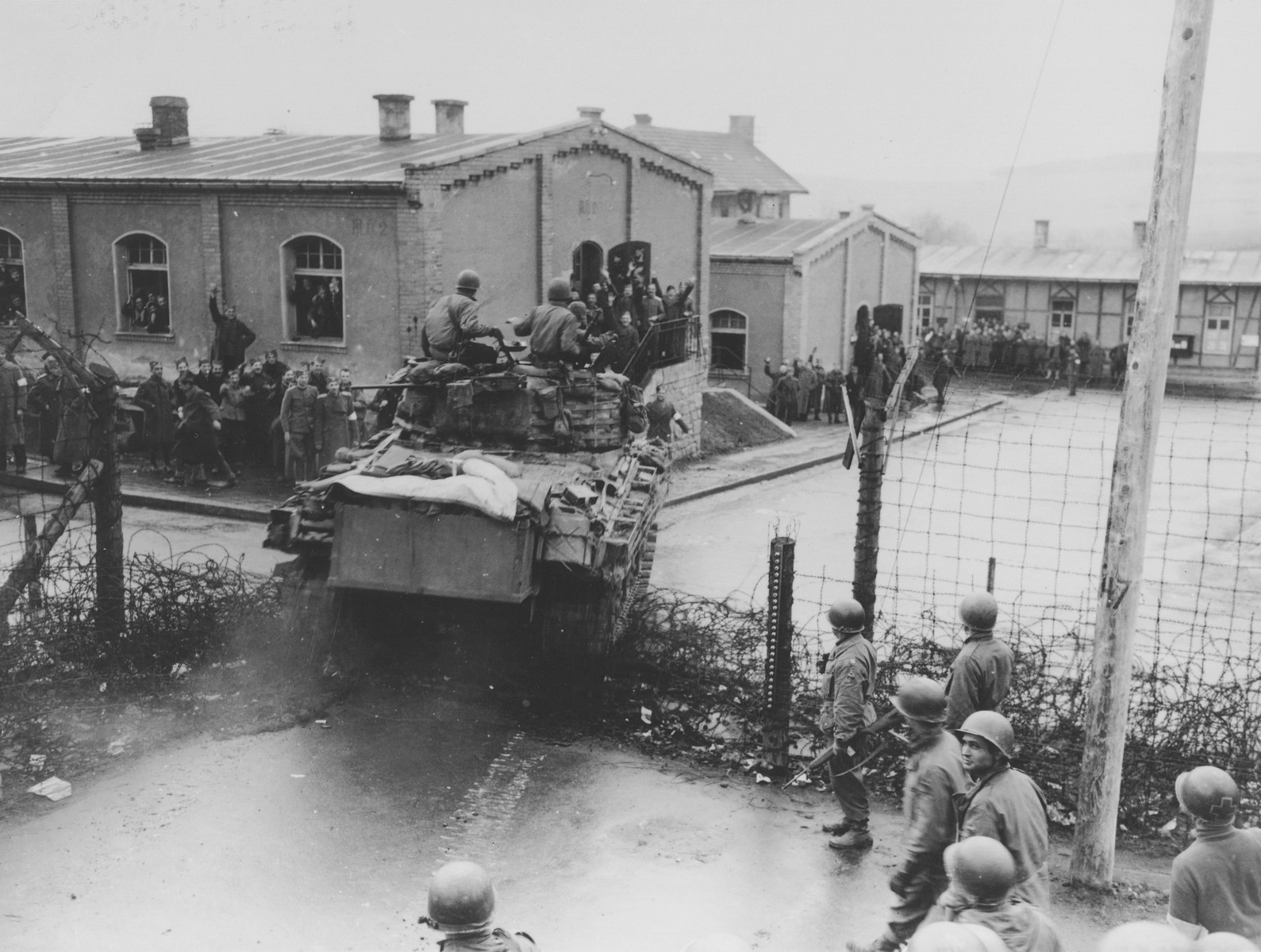
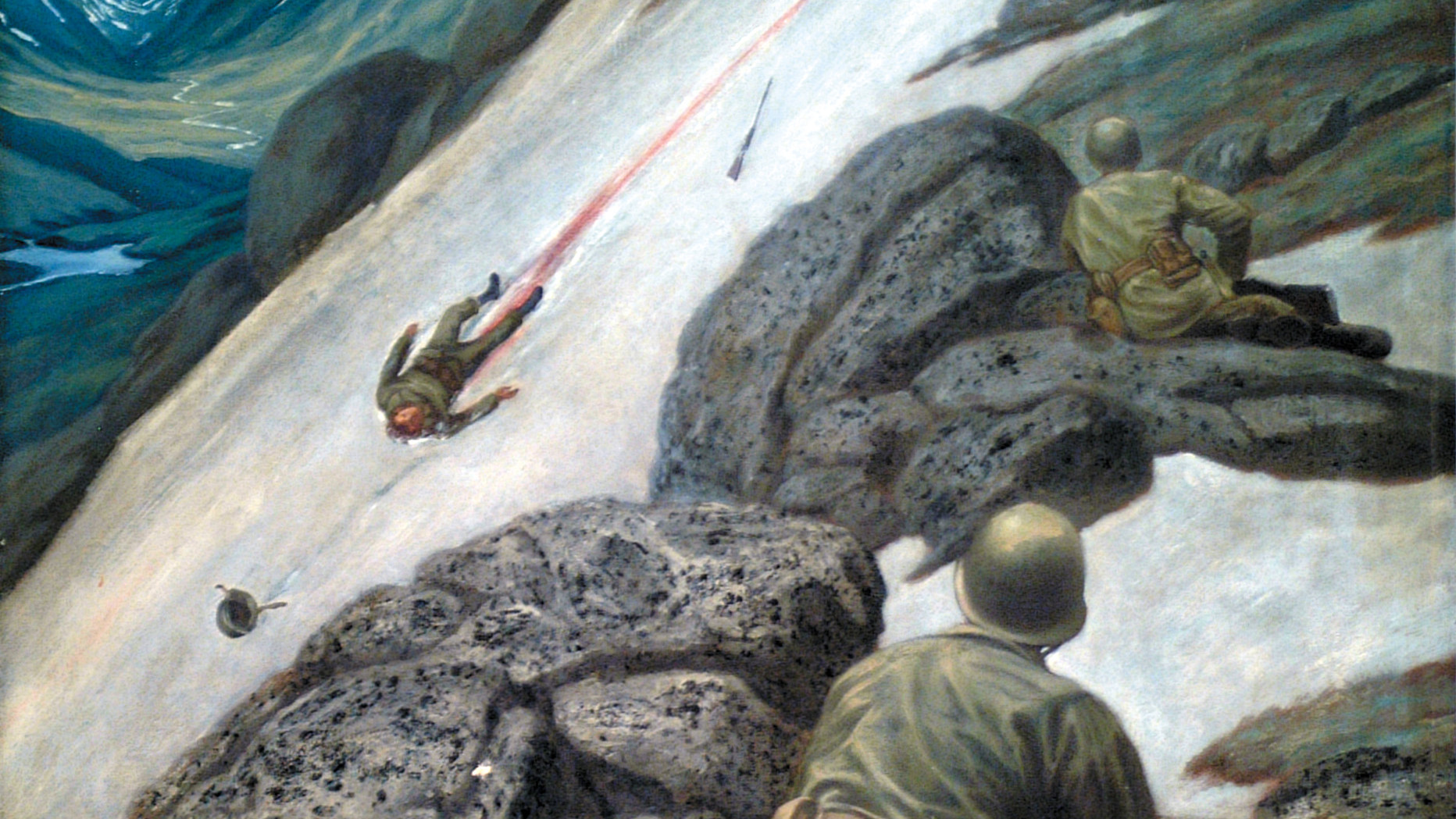
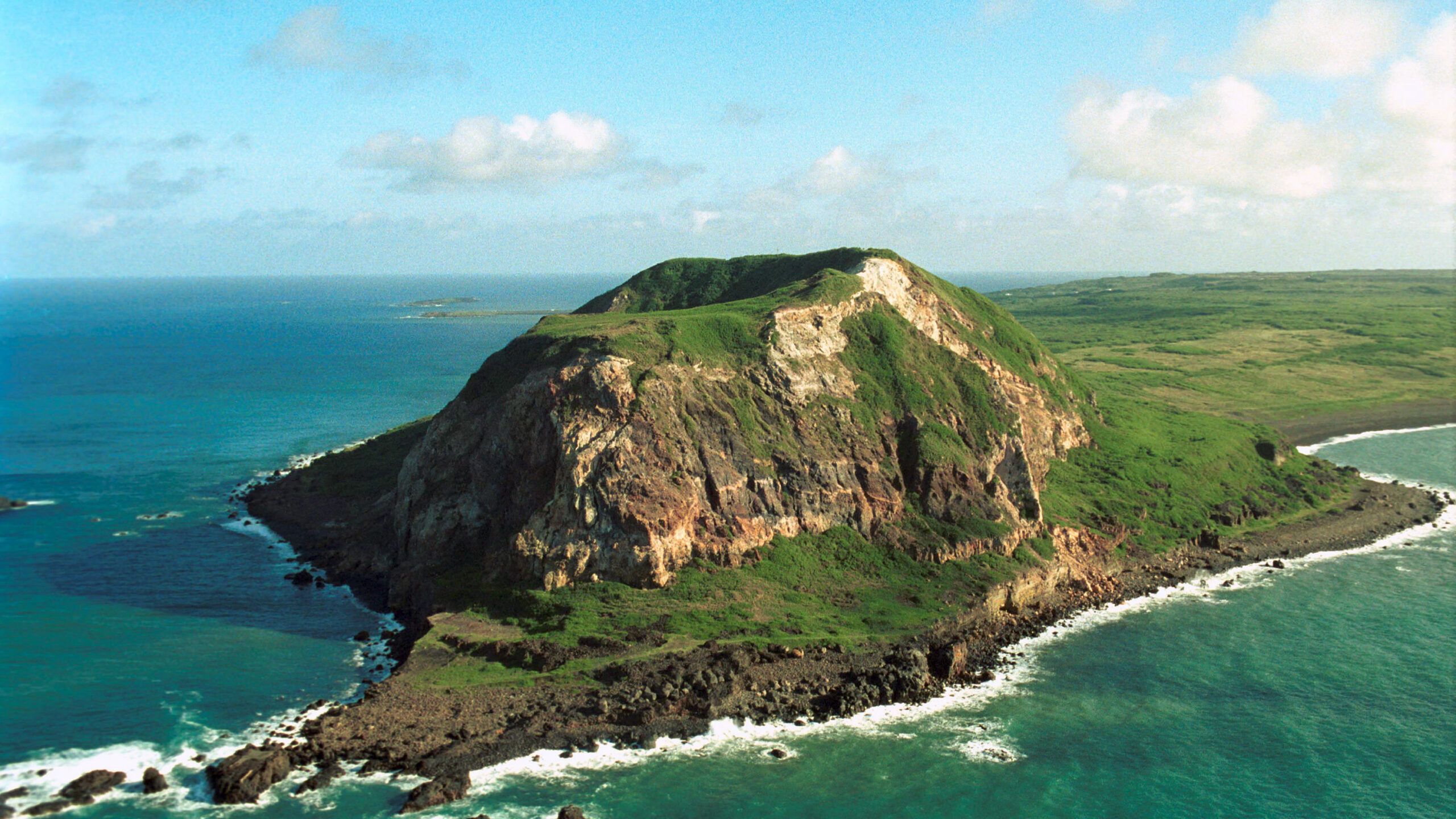
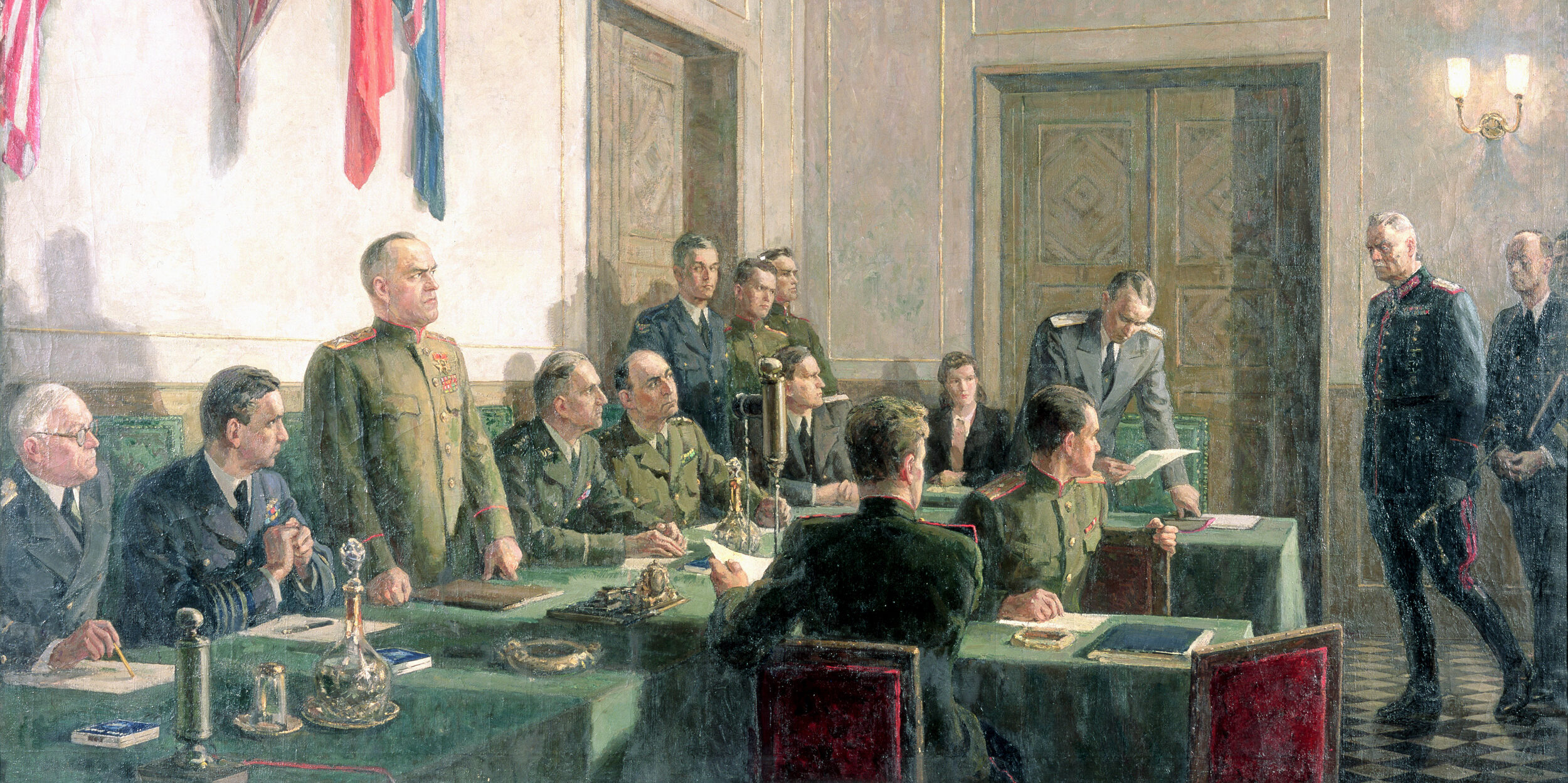
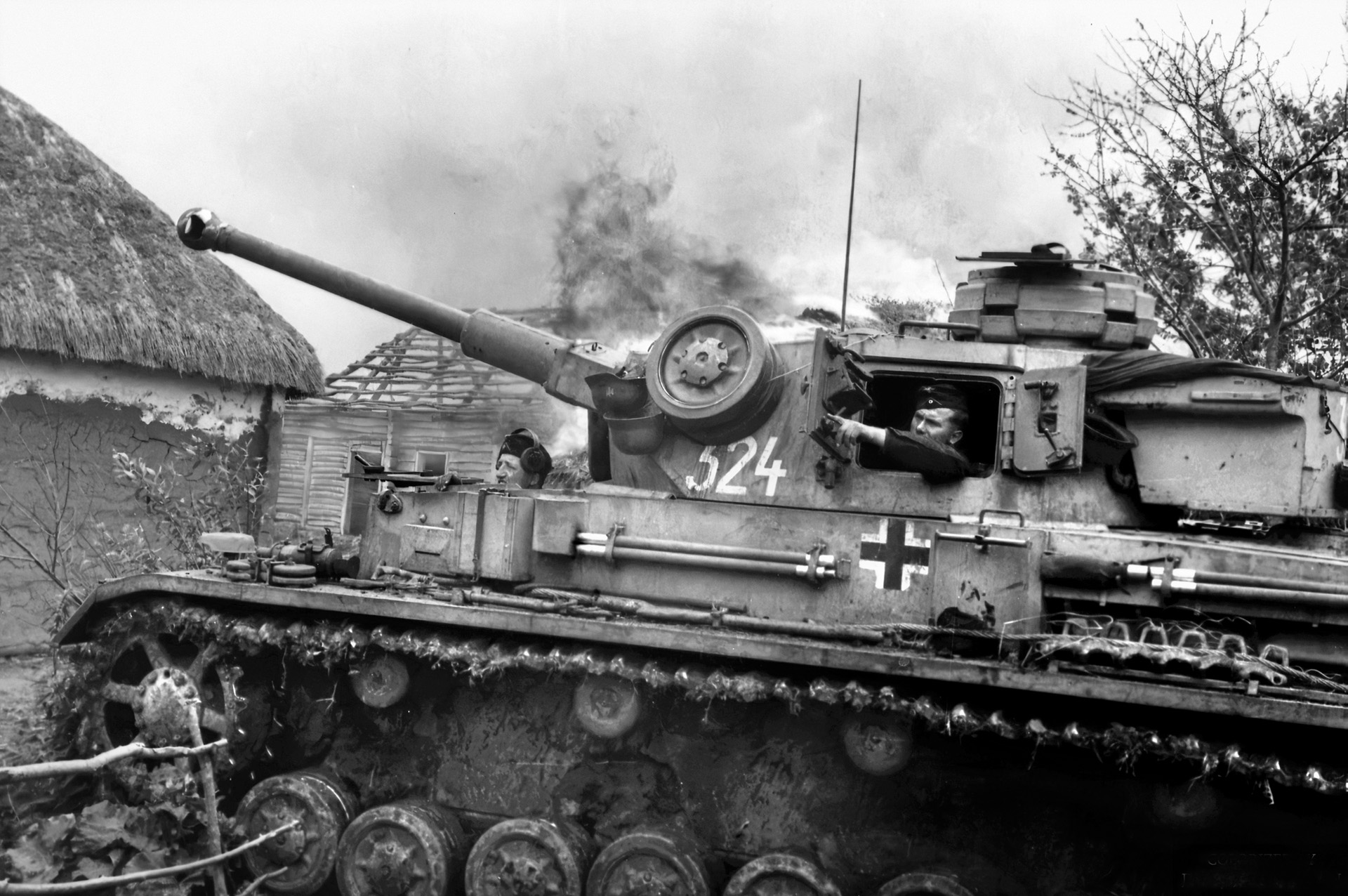
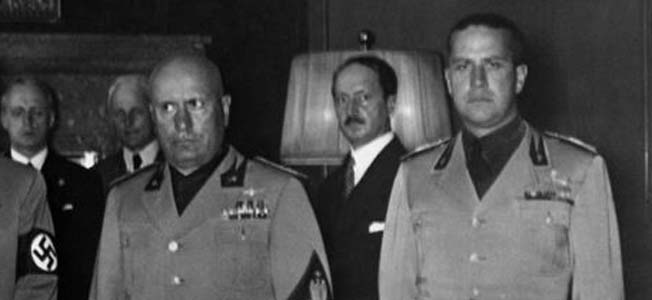

Join The Conversation
Comments
View All Comments